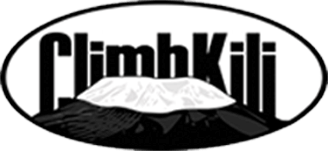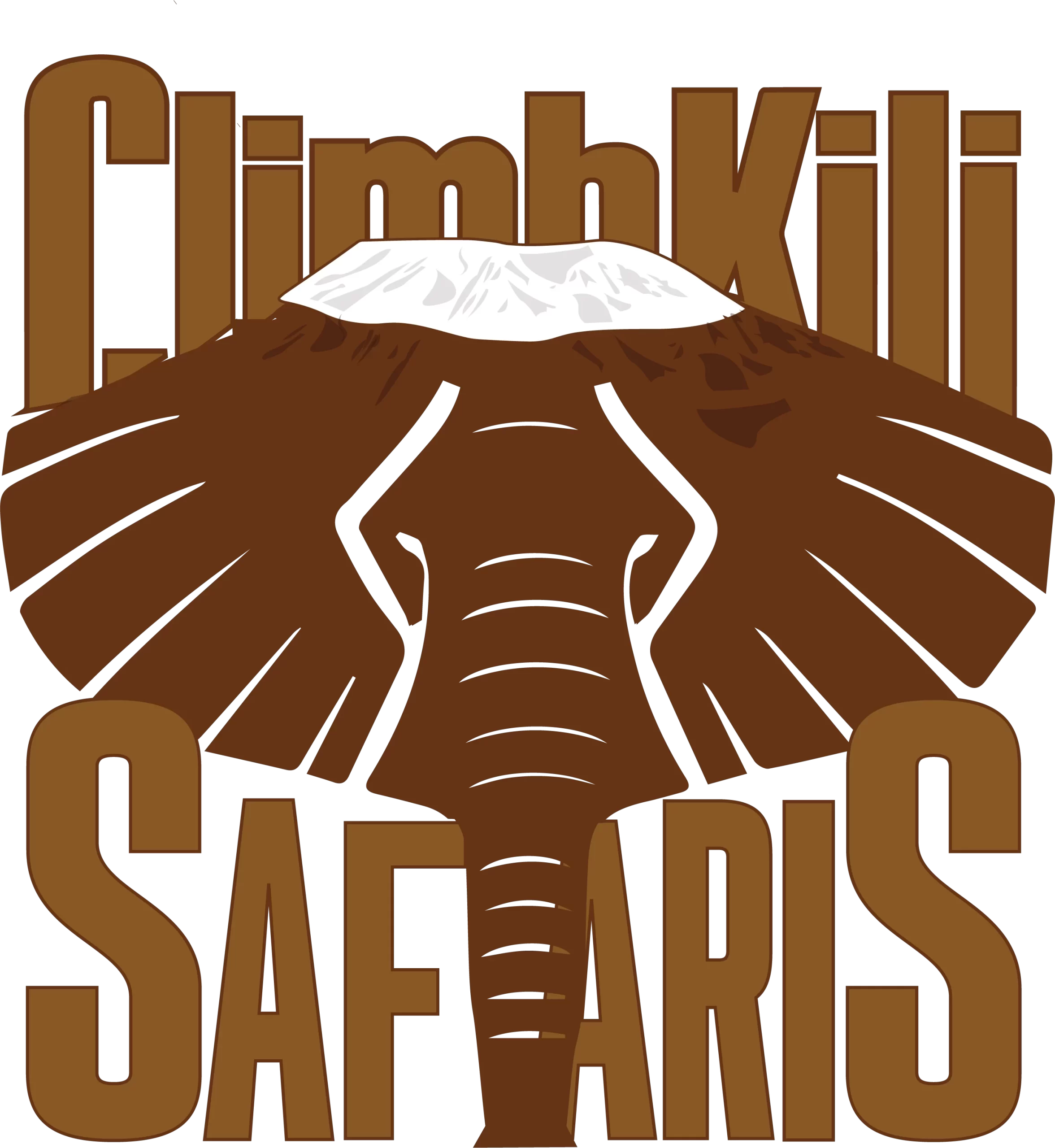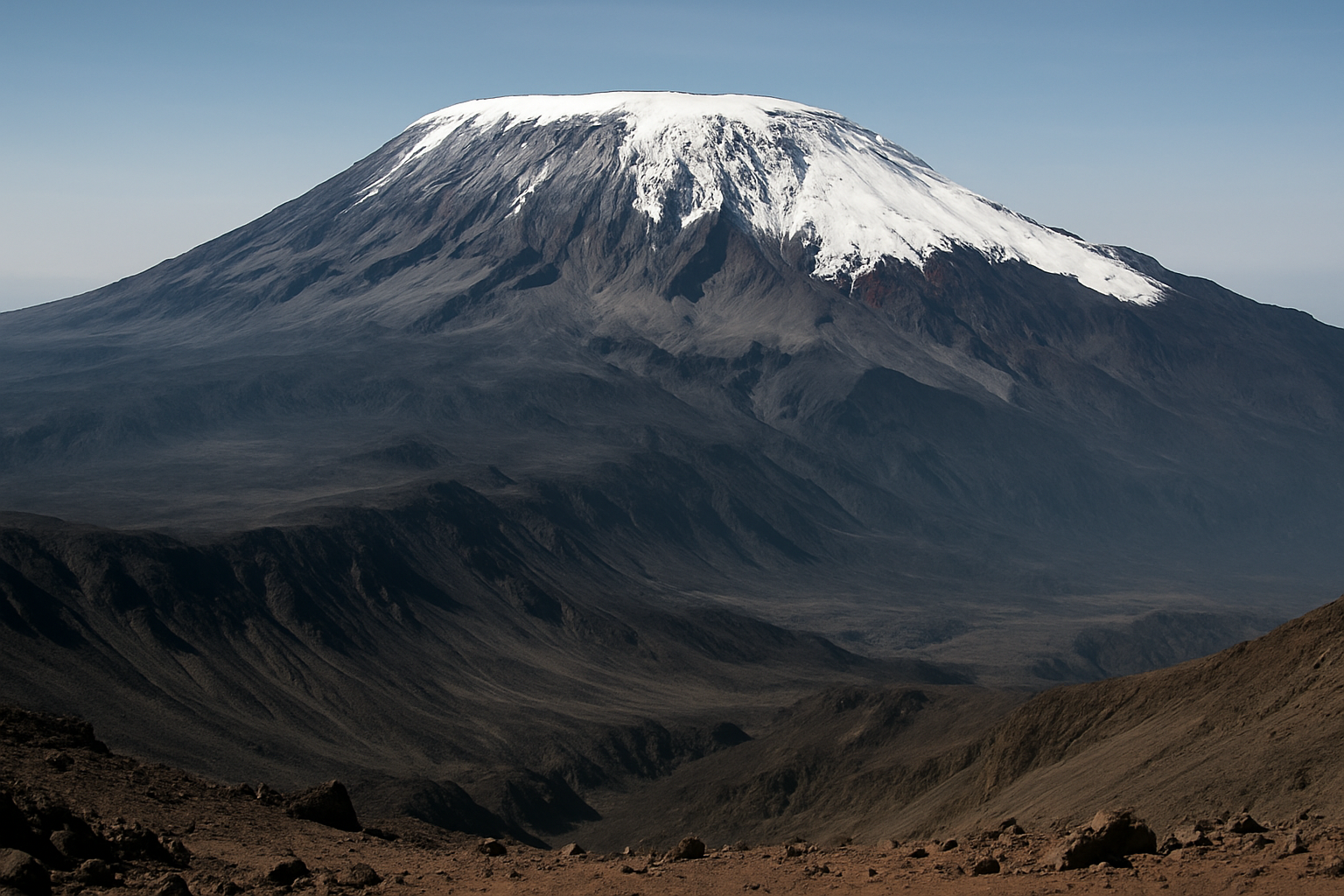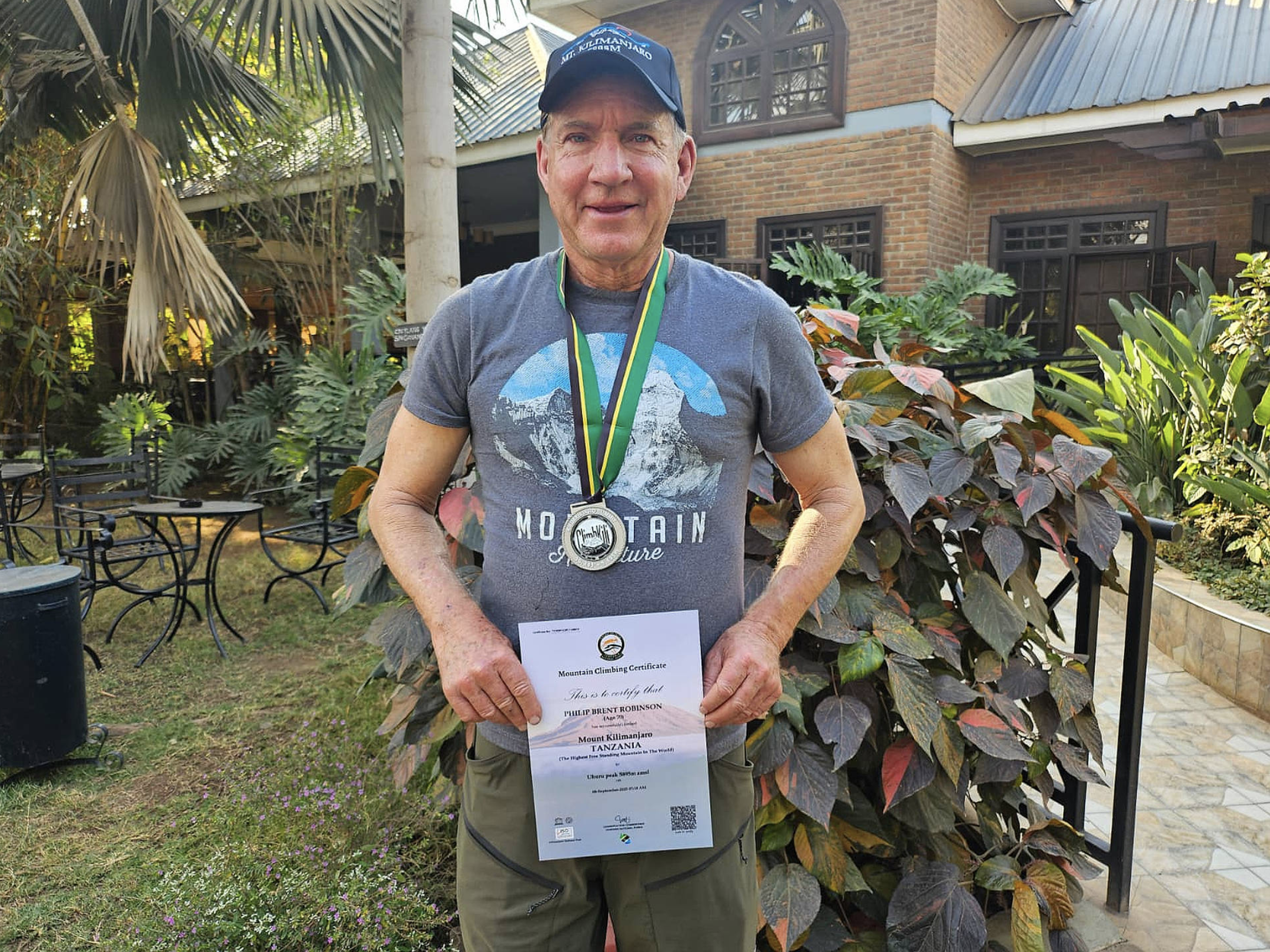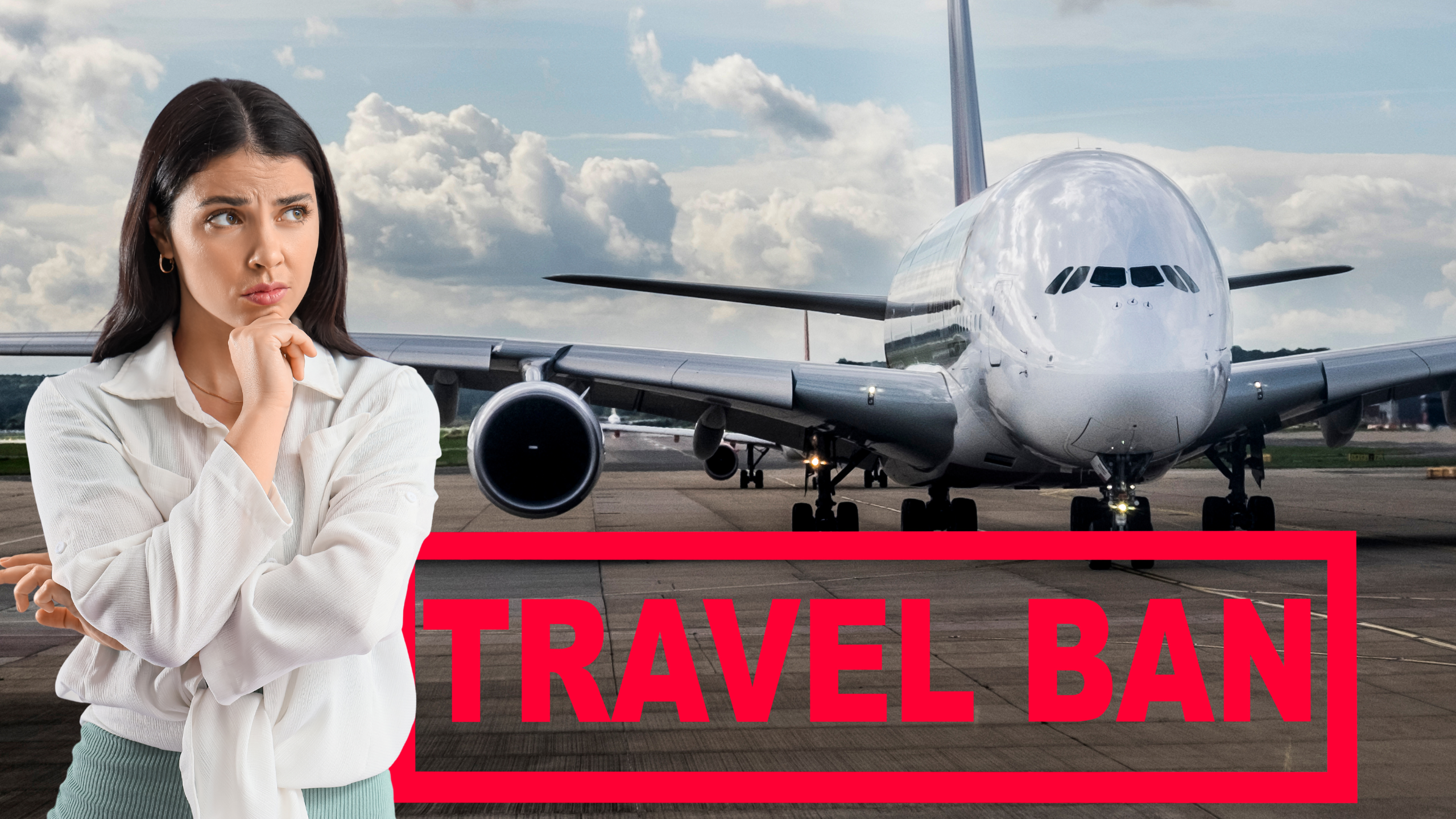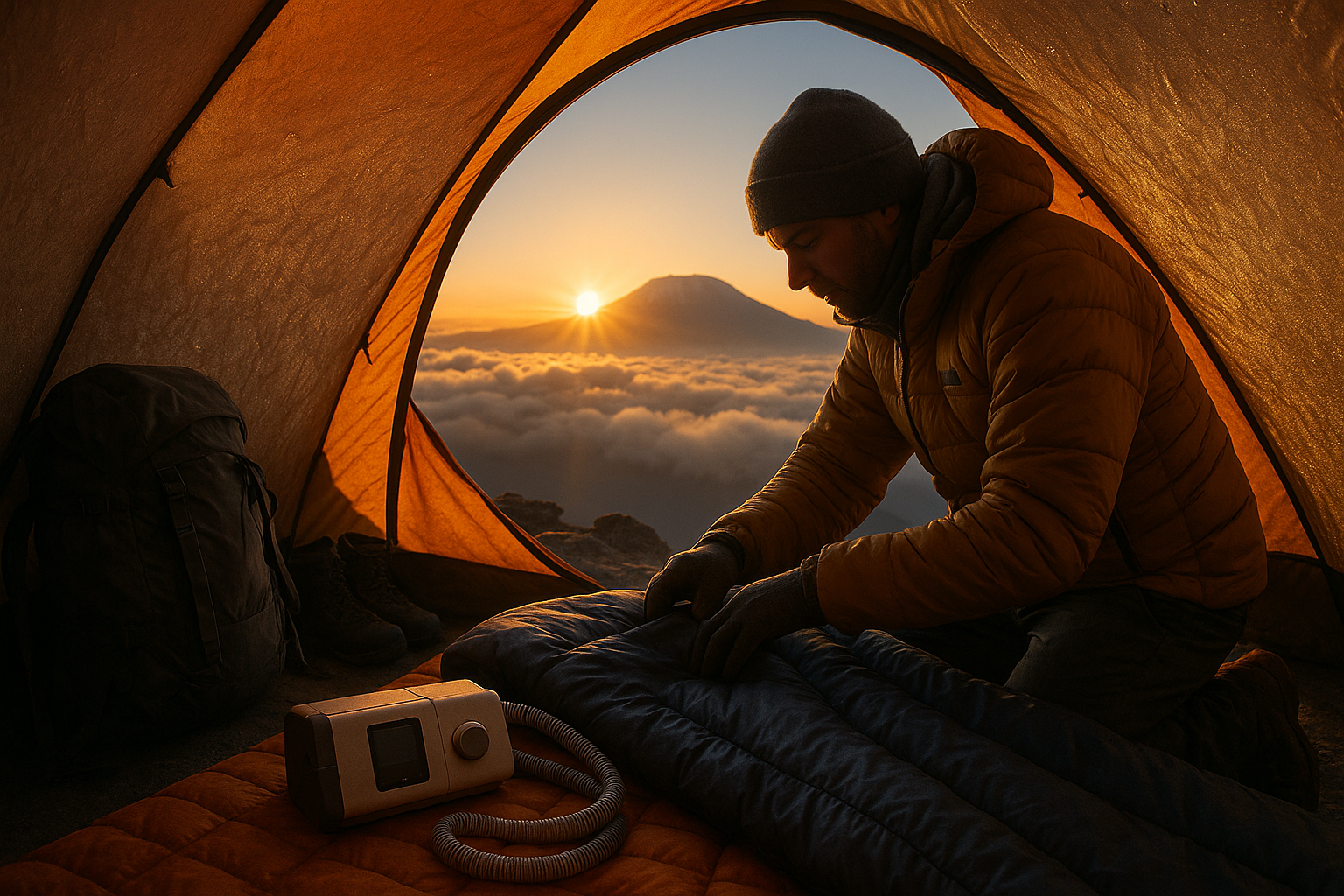If you’re researching how to safely summit Mount Kilimanjaro, you may have come across the term “death zone.” It’s a chilling phrase that raises an important question for any climber:
Does Kilimanjaro have a death zone?
The reassuring answer is no, Kilimanjaro does not have a death zone like those found on the world’s tallest peaks. But that doesn’t mean altitude safety should be taken lightly.
Let’s break down what the death zone really is, how Kilimanjaro’s elevation compares, and what precautions you need to take to stay safe during your climb.
🧠 What Is the “Death Zone”?
In mountaineering terms, the death zone refers to altitudes above 8,000 meters (26,247 feet)—the point at which the oxygen level becomes too low to sustain human life for long. At this height, the human body can no longer acclimatize, and prolonged exposure without supplemental oxygen leads to deterioration and, potentially, death.
This high-risk zone is typically encountered on peaks like Mount Everest or K2, where climbers must rely on oxygen tanks and advanced equipment to survive.
🏔️ Kilimanjaro’s Elevation: High, But Not Deadly
Mount Kilimanjaro’s summit, Uhuru Peak, stands at 5,895 meters (19,341 feet)—significantly lower than the 8,000-meter threshold of the death zone. So technically speaking, Kilimanjaro does not have a death zone.
However, don’t be lulled into a false sense of security. While it may not qualify as a death zone, high altitude is still a major challenge on Kilimanjaro, especially for those who ascend too quickly or underestimate its effects.
🫁 Altitude Risks on Kilimanjaro
Even without a death zone, Kilimanjaro presents serious altitude-related risks, including:
- Acute Mountain Sickness (AMS): Most common, includes headaches, nausea, and fatigue.
- High Altitude Pulmonary Edema (HAPE): A buildup of fluid in the lungs—life-threatening if untreated.
- High Altitude Cerebral Edema (HACE): Swelling of the brain, marked by confusion, poor coordination, and extreme fatigue.
Warning Signs Include:
- Headaches that don’t respond to medication
- Loss of appetite or persistent nausea
- Dizziness or confusion
- Shortness of breath at rest
- Difficulty walking in a straight line
Ignoring these symptoms can lead to serious complications. That’s why prevention and monitoring are critical.
🛡️ How Climb Kili Prioritizes Your Altitude Safety
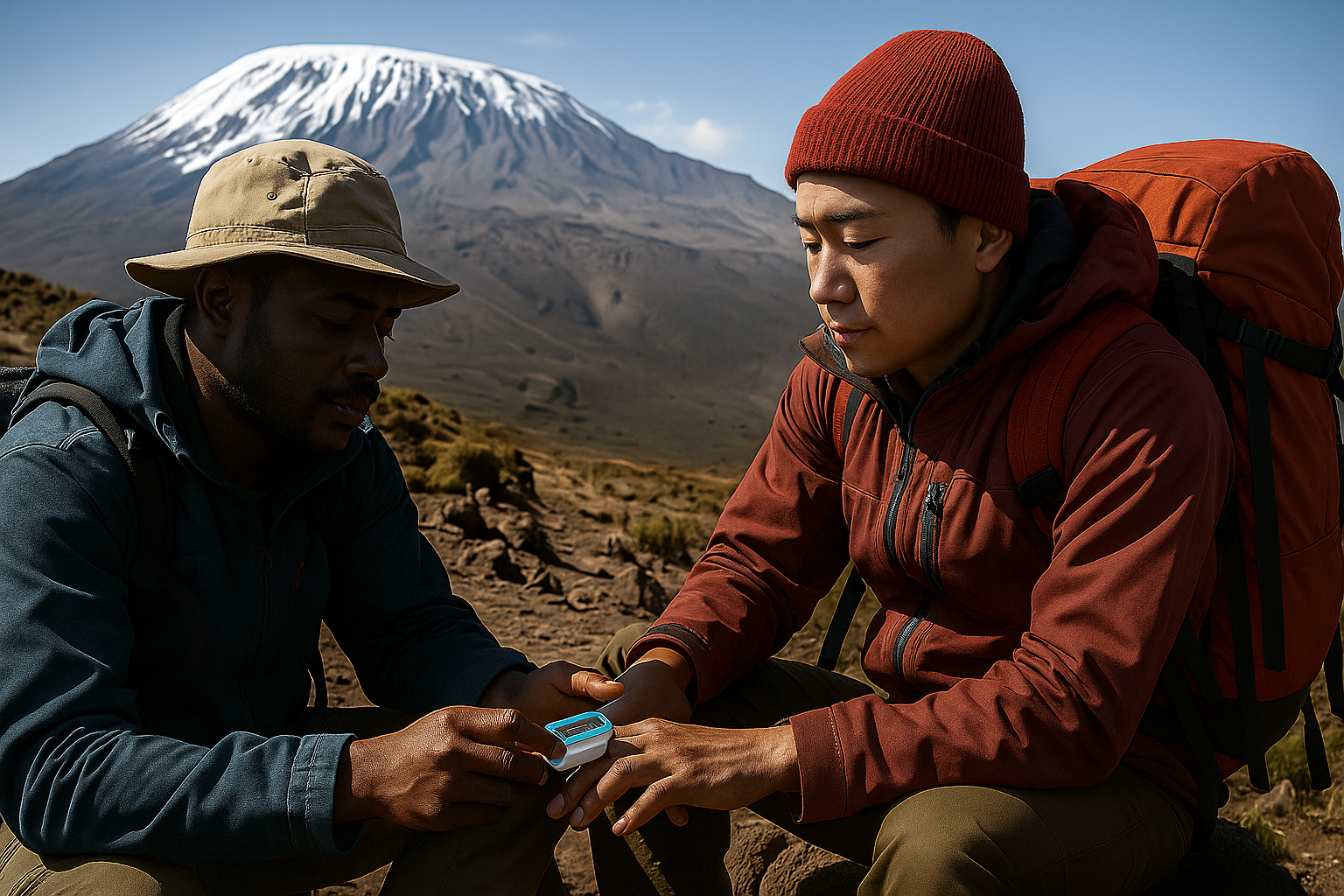
At Climb Kili, we take your health seriously—our 98% summit success rate isn’t just about reaching the top, it’s about doing so safely.
✔️ Twice-Daily Health Checks
Our guides perform AM and PM health screenings using pulse oximeters and personal assessments to monitor oxygen saturation and altitude symptoms.
✔️ Certified Wilderness First Responders
Every Climb Kili guide is trained and certified in Wilderness First Response (WFR), meaning they can recognize and treat altitude illnesses before they escalate.
✔️ Optimal Acclimatization Itineraries
We recommend and operate longer routes, like the 8-day Lemosho Route, which build in extra time for acclimatization—reducing your risk of AMS significantly.
✔️ Emergency Preparedness
We carry supplemental oxygen, portable stretchers, and communication devices for fast response in emergencies. Should evacuation become necessary, we act quickly and efficiently.
✔️ Educating Our Clients
We provide detailed altitude information during your pre-climb briefing so you’re aware of what to expect and how to respond. Our motto, “pole pole” (slowly, slowly), isn’t just a saying—it’s a safety strategy.
🤝 Why Climbers Trust Climb Kili
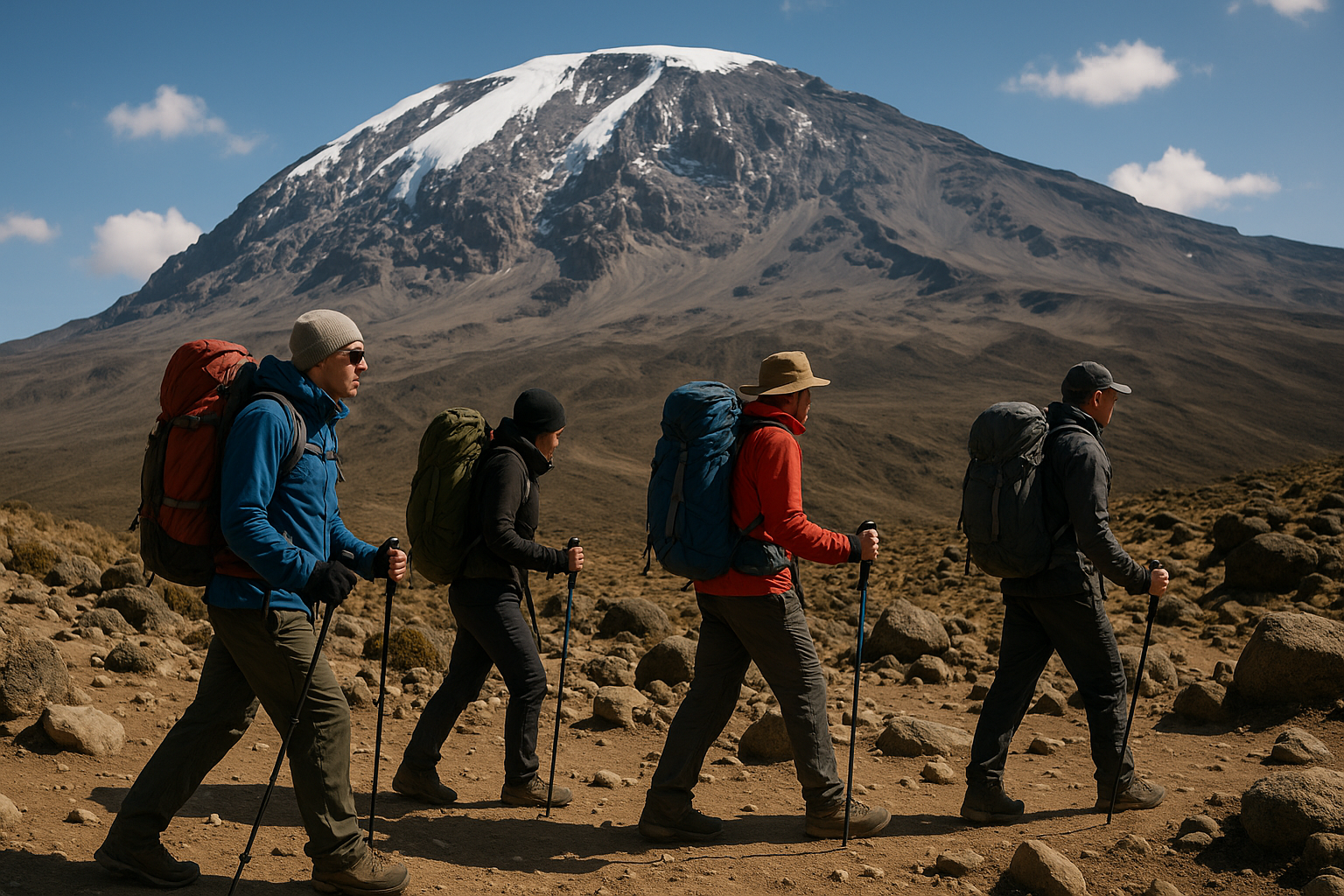
Our team has helped thousands of climbers, including families, older adults, and first-timers, reach the summit safely. With over 40 years of experience guiding on Kilimanjaro, we understand the mountain—and how altitude affects each individual differently.
Our 98% summit rate is built not on speed, but on safety, care, and support. We take the time to ensure that every trekker adjusts well to elevation and receives the attention they need throughout the journey.
🌍 Kilimanjaro vs. Other High Peaks
| Mountain | Elevation (m) | Death Zone? |
|---|---|---|
| Mount Kilimanjaro | 5,895 | ❌ No |
| Mount Everest | 8,848 | ✅ Yes |
| K2 | 8,611 | ✅ Yes |
| Denali | 6,190 | ❌ No |
| Mont Blanc | 4,808 | ❌ No |
As you can see, Kilimanjaro is high enough to demand respect, but it doesn’t cross into extreme altitude territory.
🧗♂️ Final Thoughts: High, But Achievable
So, does Kilimanjaro have a death zone? No, but it is still a high-altitude challenge. With proper planning, guided support, and a safety-first approach, you can safely experience the magic of standing on the Roof of Africa.
Ready to climb with confidence? Learn more about our routes or contact our team for expert help planning your trek.
Tip: Don’t underestimate the mental challenge either. Check out our guide to mental toughness on Kilimanjaro for tips on preparing your mind as well as your body.
